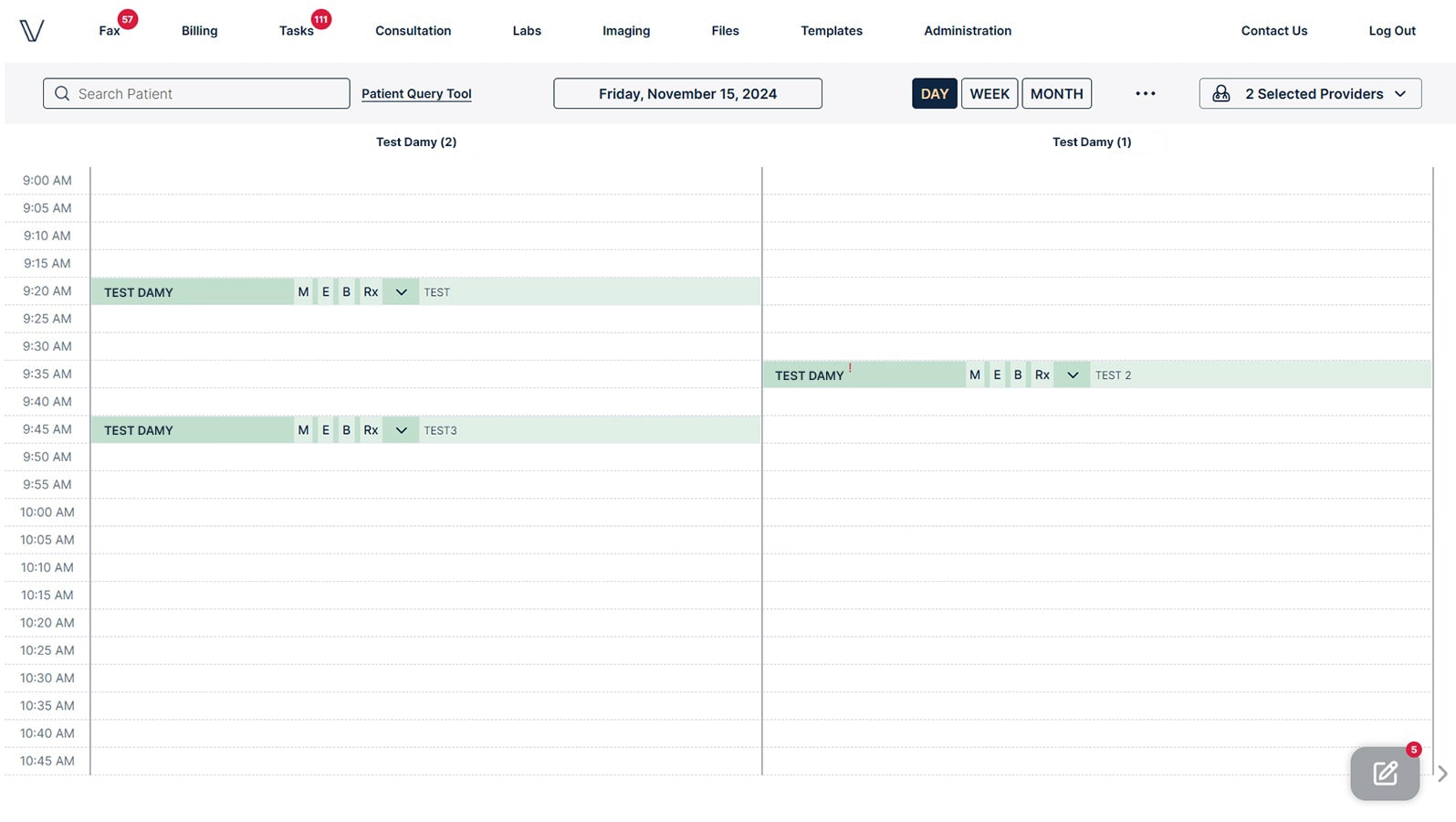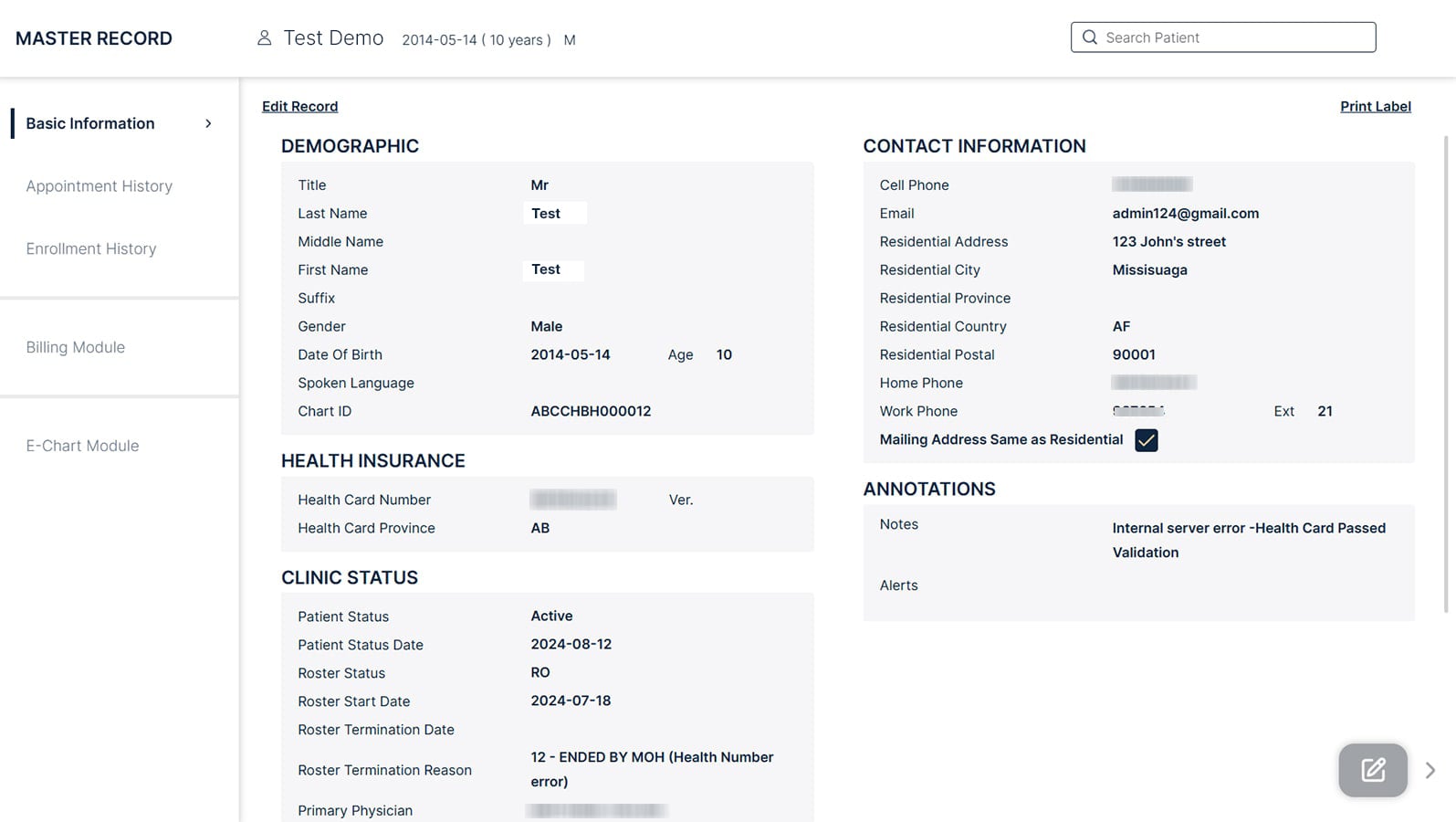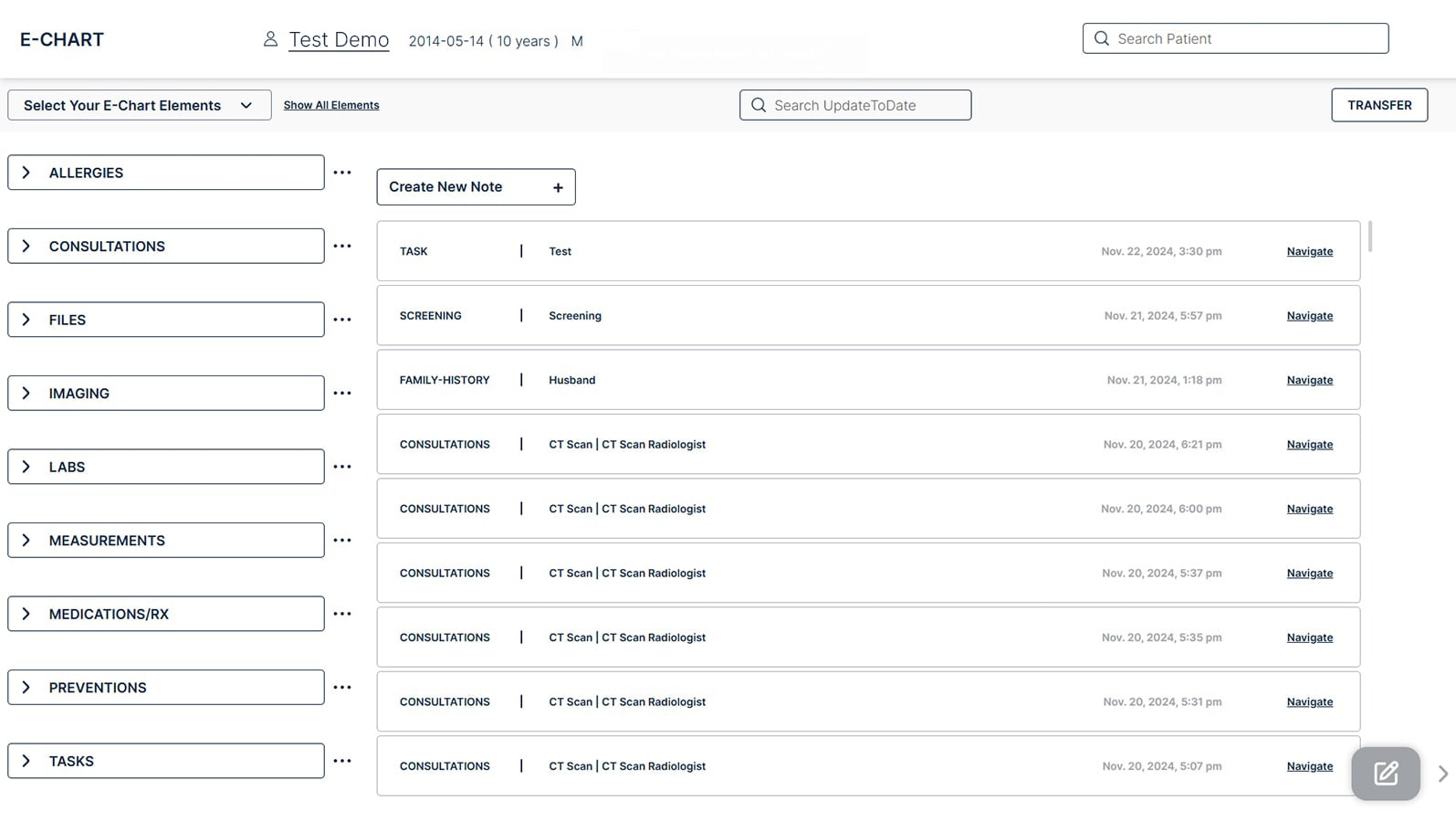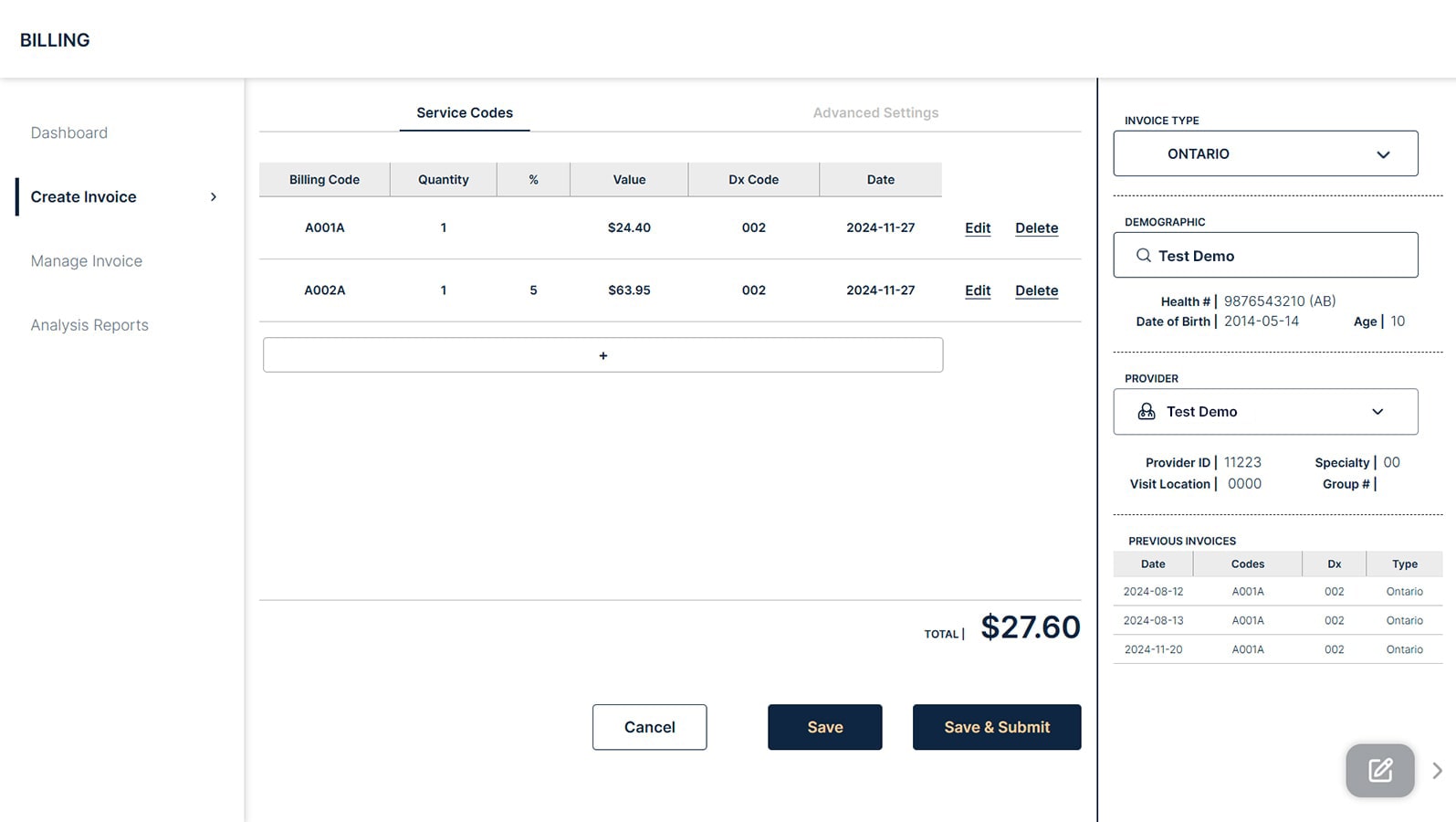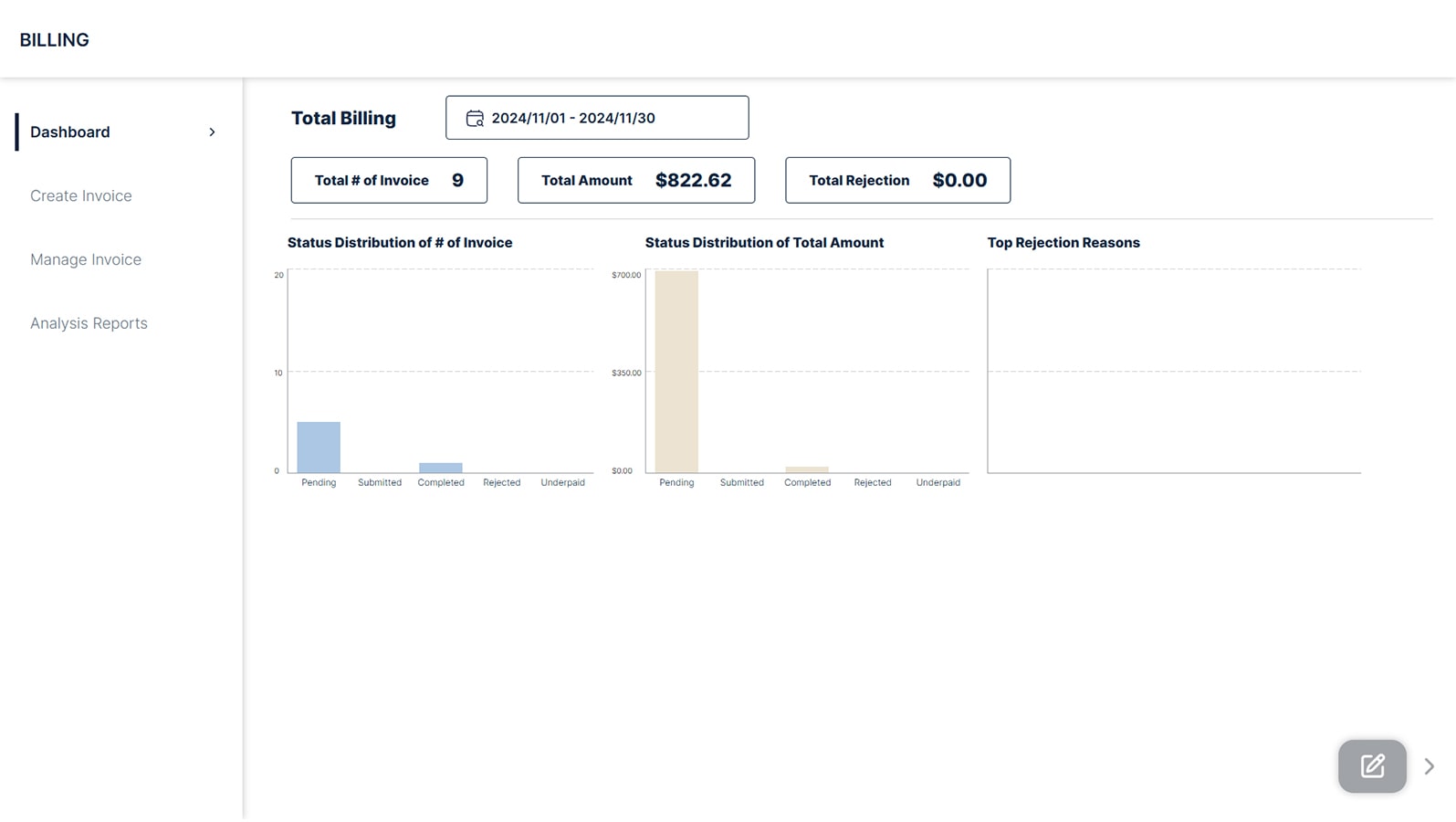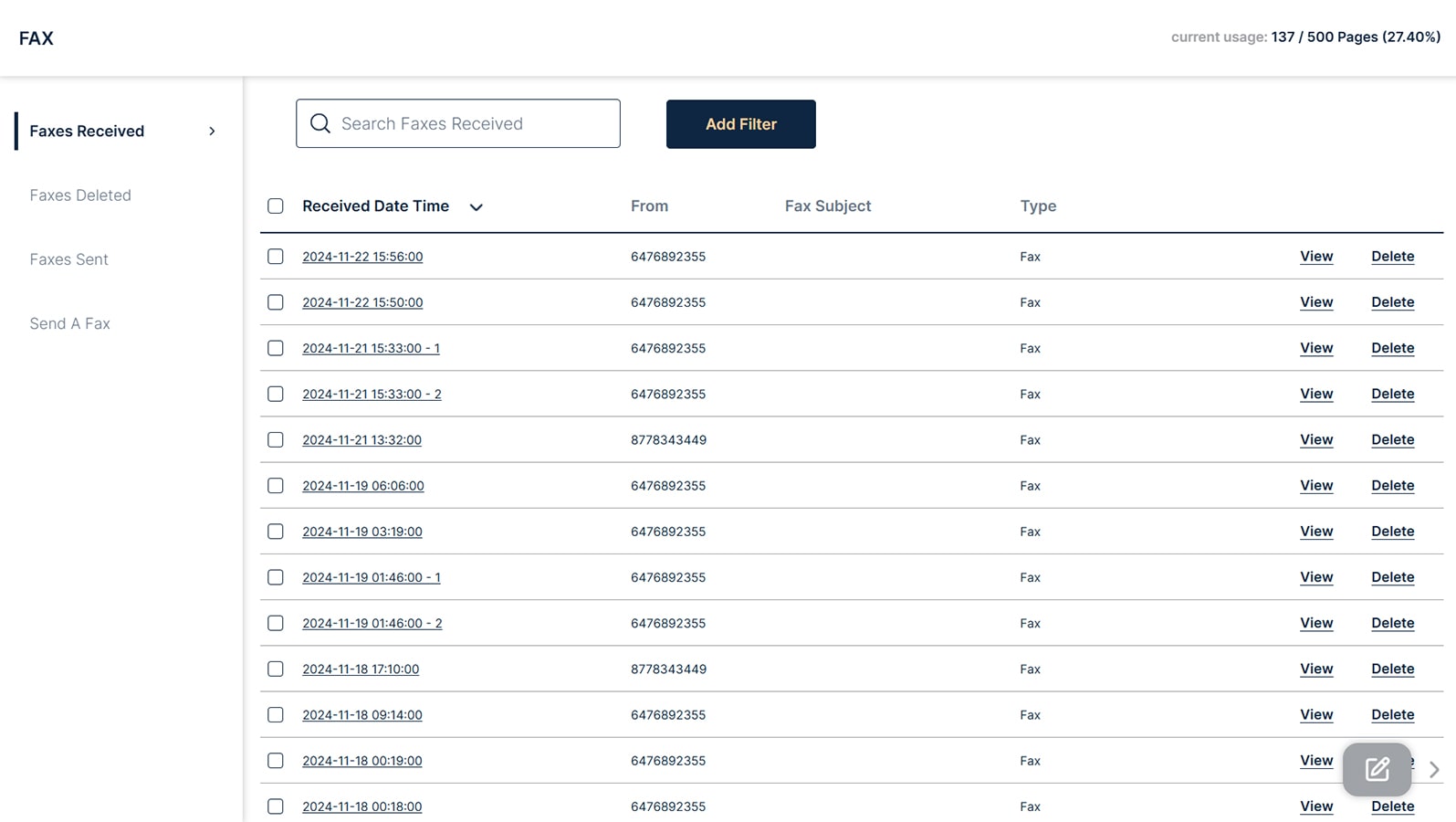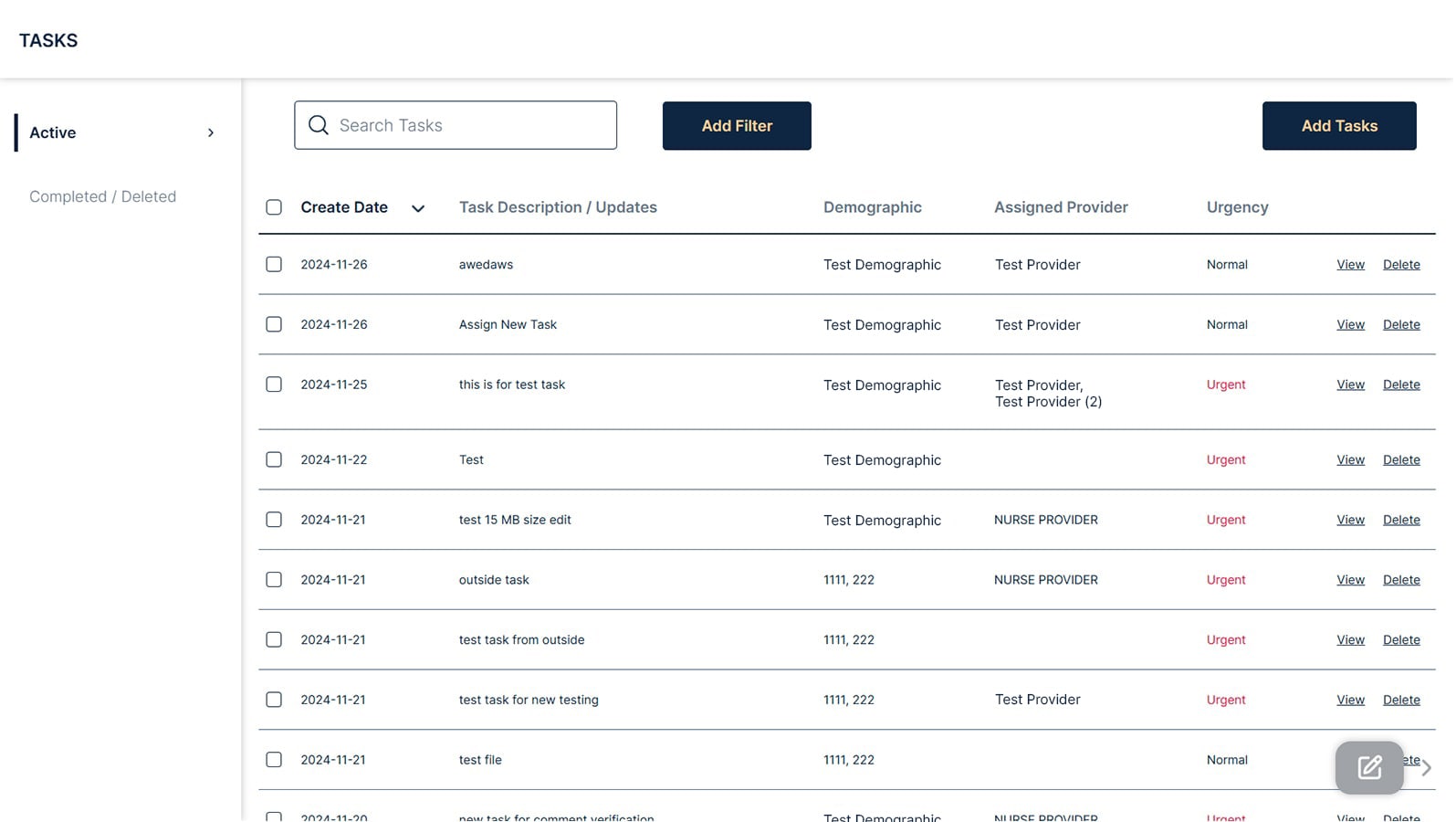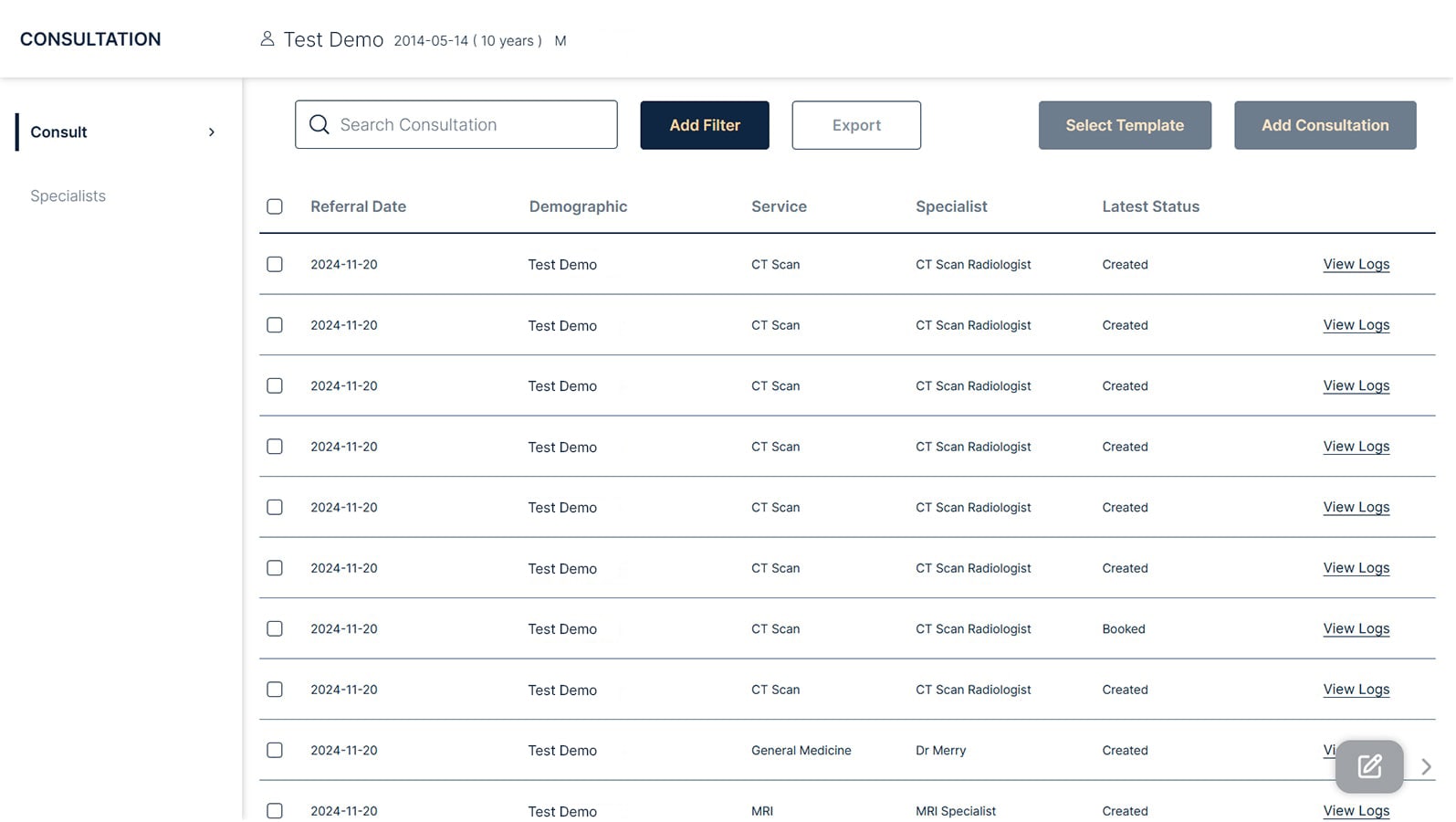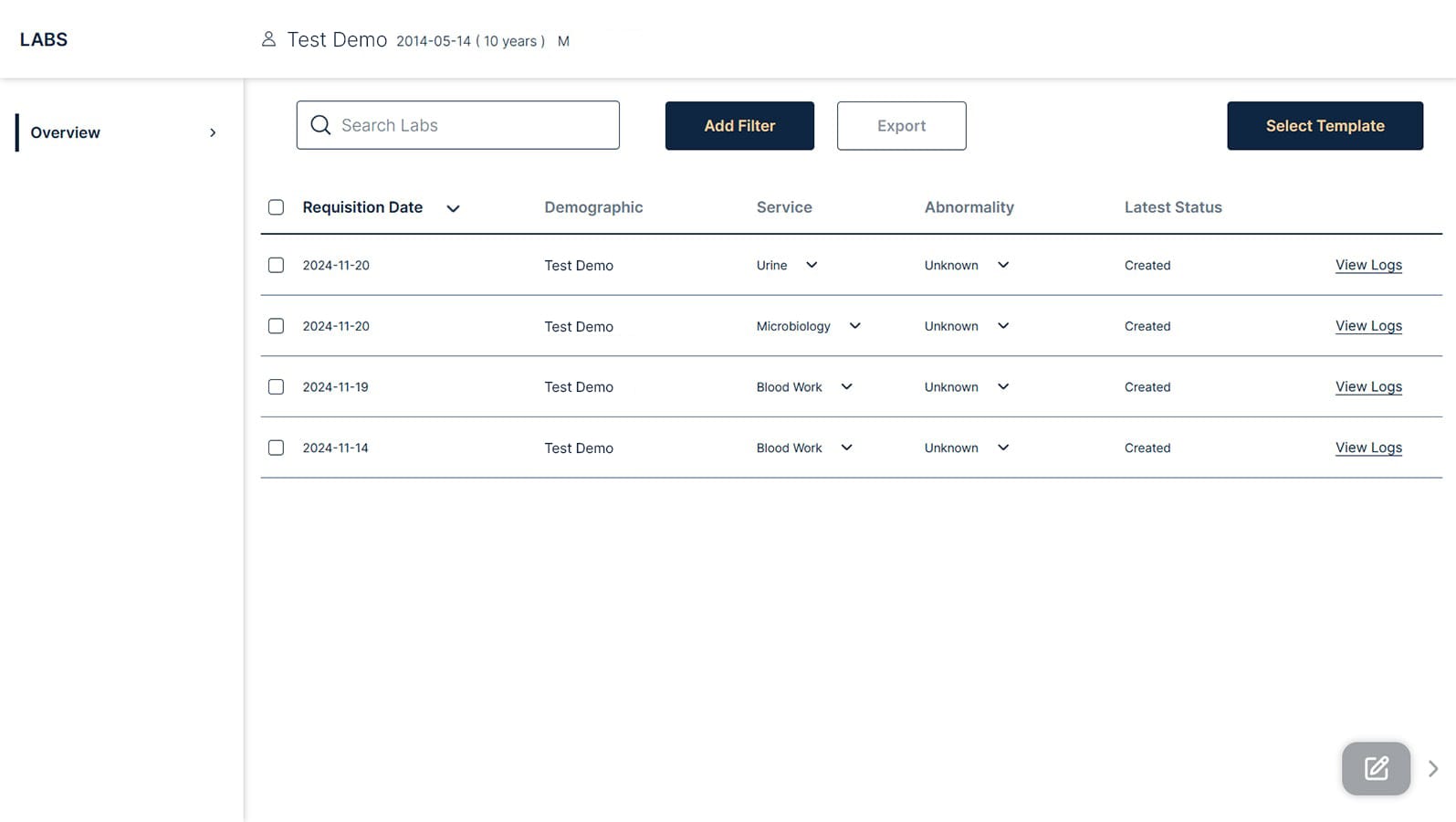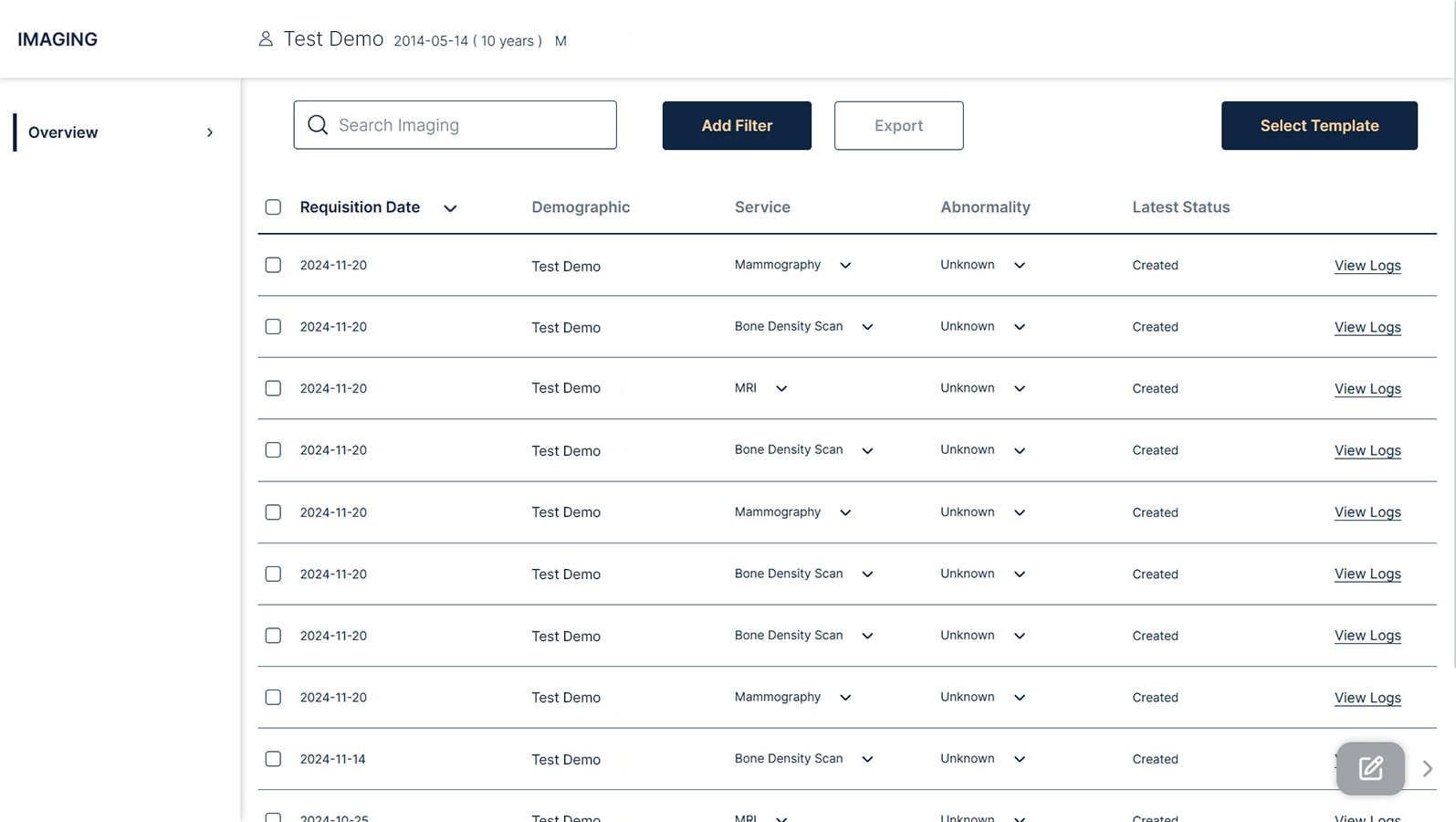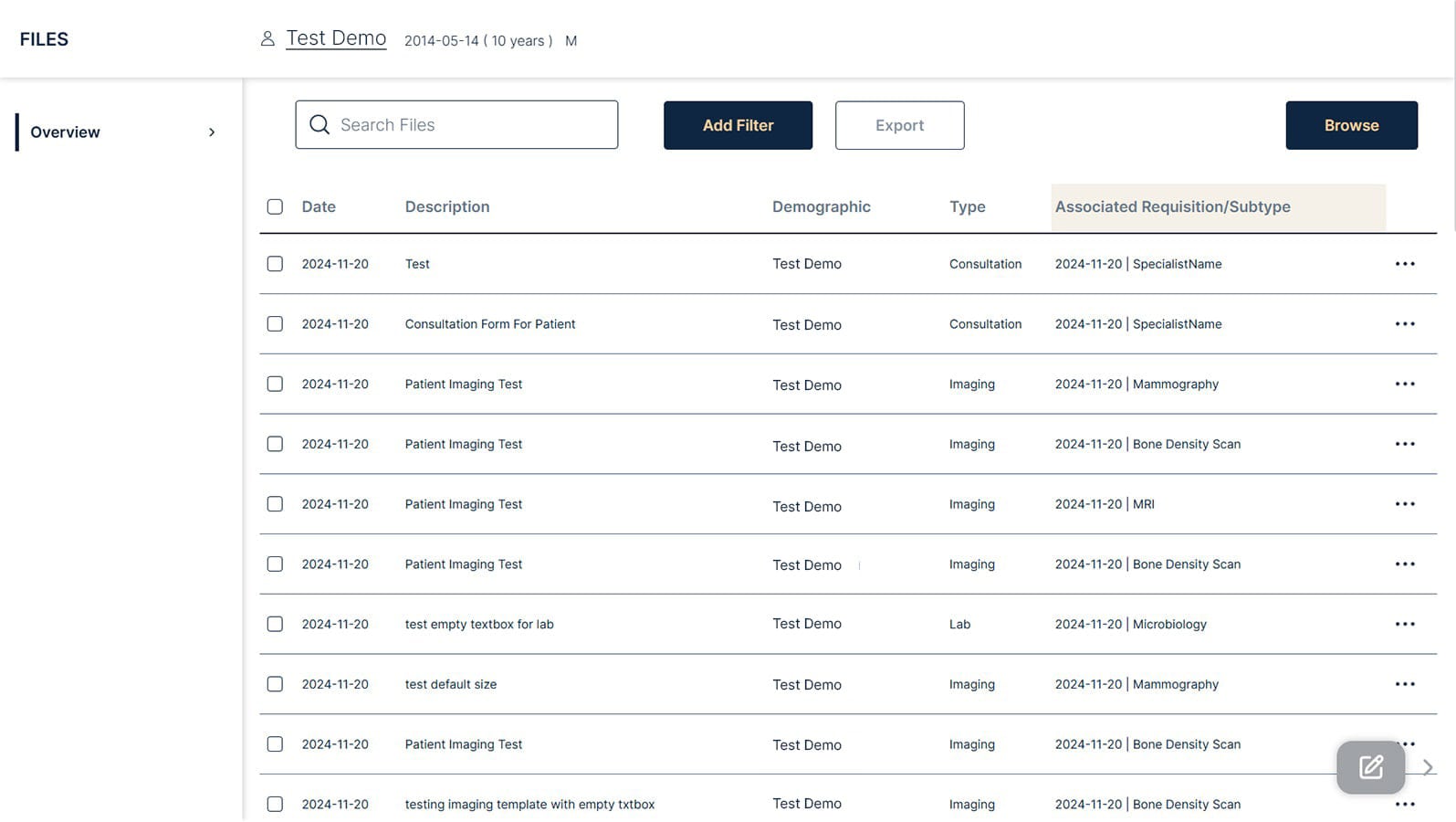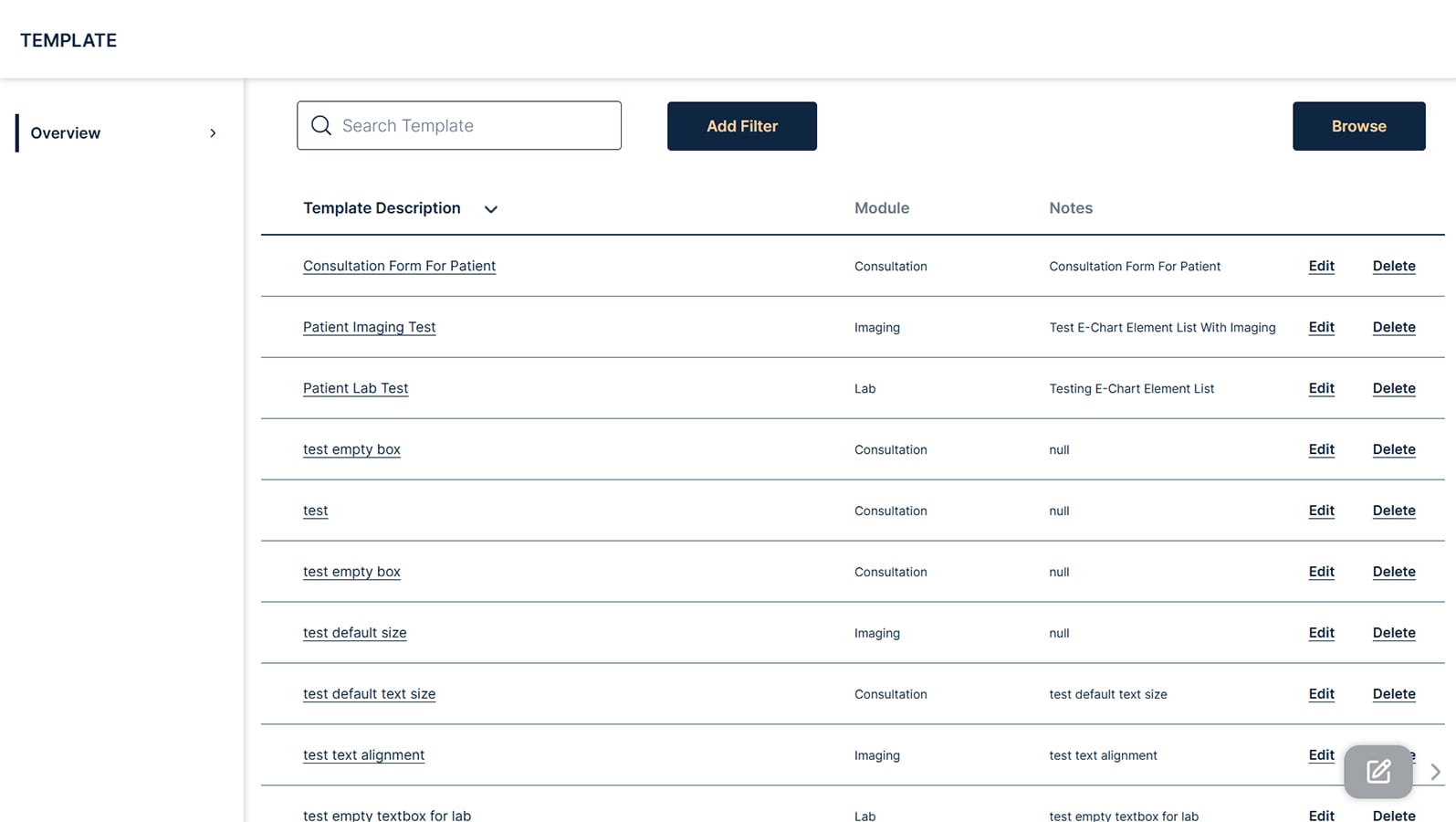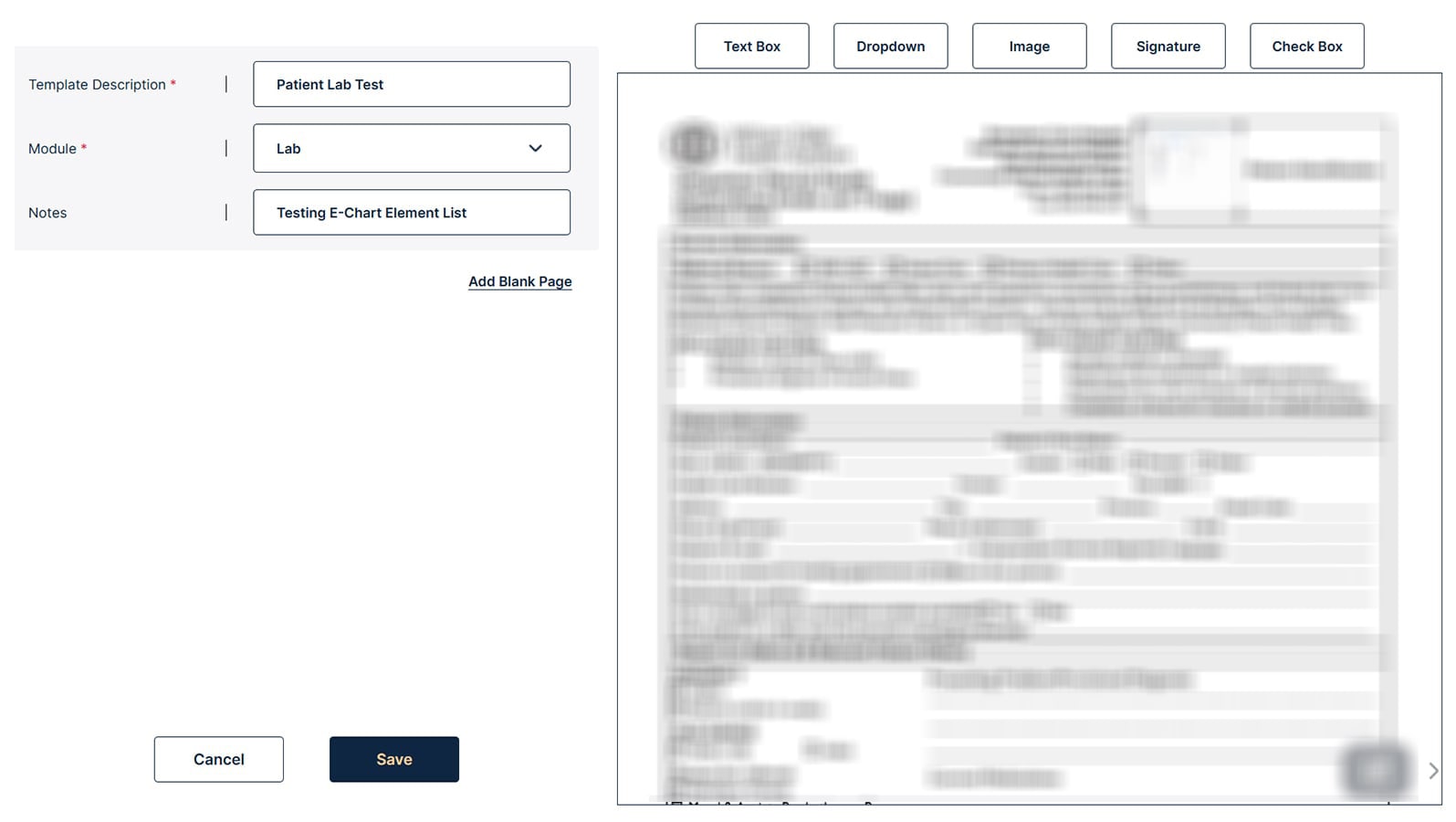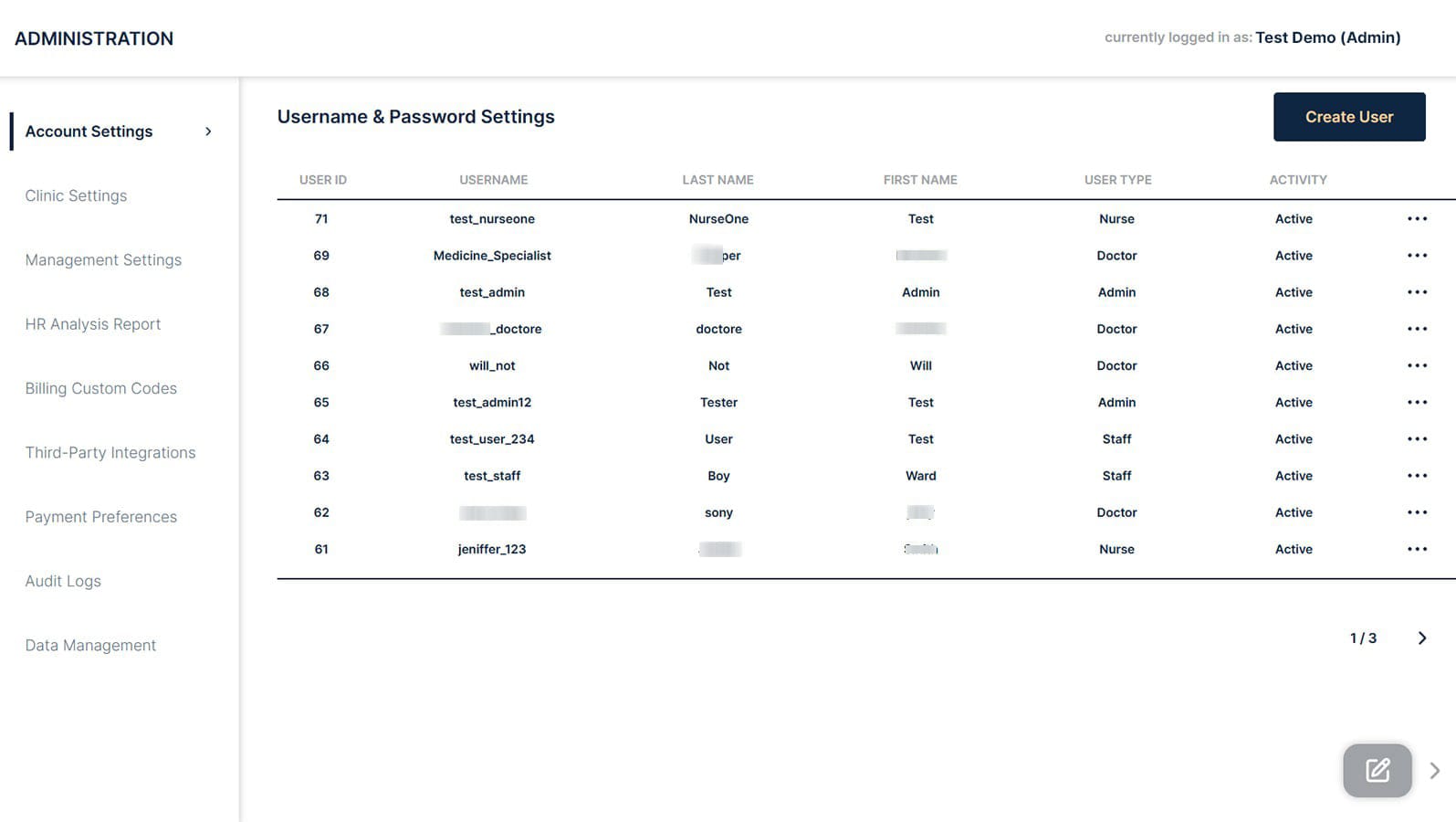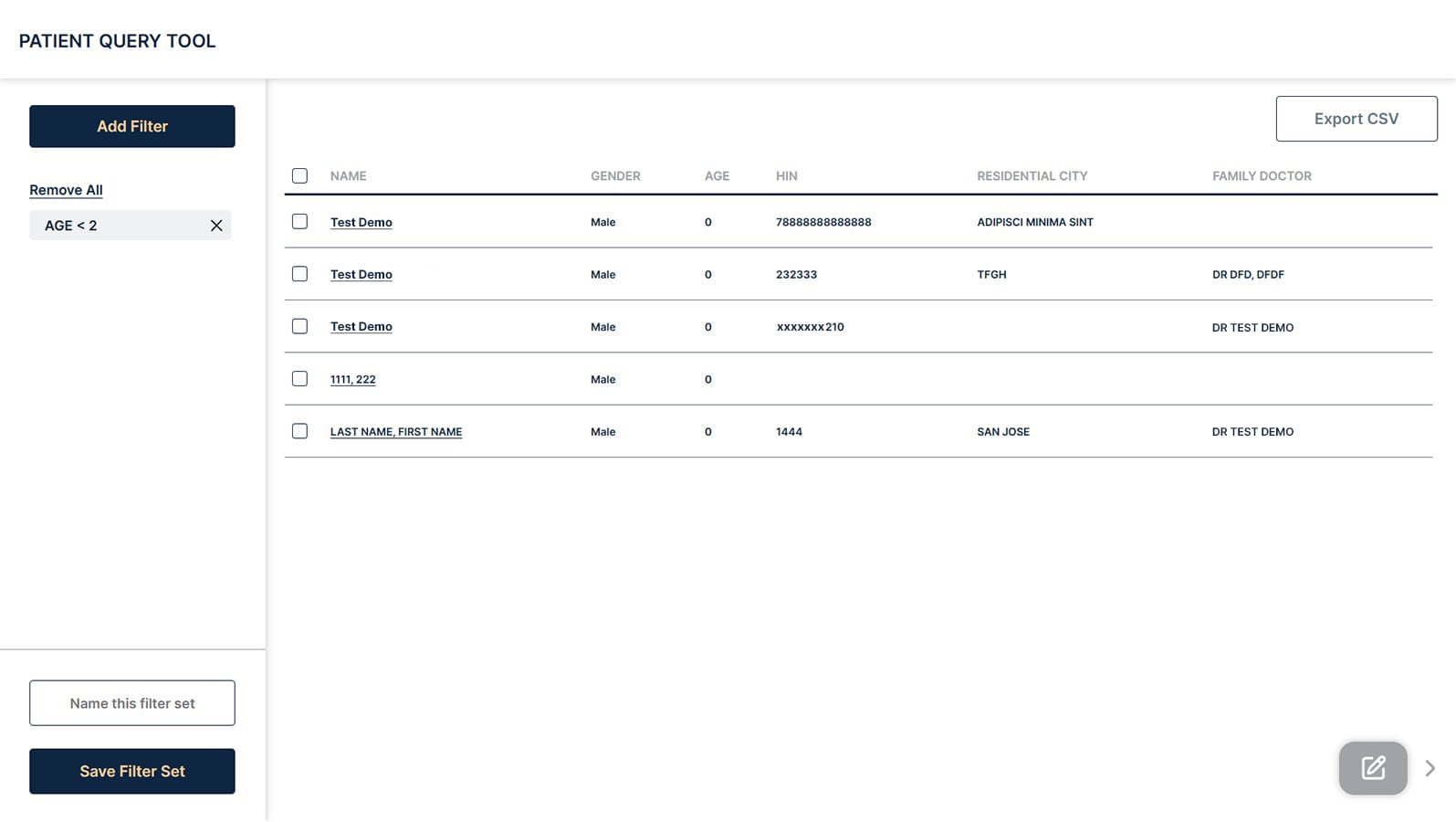Appointment Calendar
- The Appointment Calendar is the landing page of EMR, designed for seamless scheduling and management of patient-provider interactions.


Provider Selection
Users can select individual or multiple providers (doctors) to manage appointments across their schedules.

Demographic Scheduling
Enables booking appointments for patients (demographics) with specific providers based on availability.

Flexible Views
Offers day-wise, week-wise, and month-wise calendar views for comprehensive scheduling and planning.

Multi-Provider Support
Allows simultaneous visualization and coordination of schedules across multiple providers.
This feature enhances clinic efficiency and ensures streamlined appointment management for better patient care.
Administration
- The Administration Module in EMR provides comprehensive tools for managing users, settings, and integrations, ensuring smooth clinic operations:

-
User and Role Management:
- Define roles with specific permissions to ensure secure access control.
- Manage user accounts for providers, staff, and administrators.
-
Clinic Settings:
- Configure clinic-specific preferences, such as branding, operational hours, and contact details.
-
Doctor Shift Scheduling & Compensation Management:
- Plan and manage doctor shift hours efficiently.
- Configure salary structures and automate compensation management for transparency.
-
HR Analysis Report:
- Generate and access HR performance reports stored securely in AWS S3 buckets.
-
Billing Custom Codes:
- Manage codes, including OHIP custom codes, for streamlined private billing processes.
-
Third-Party Integrations Settings:
- Configure APIs for external services like SRFax, RingCentral, and Stannp to enable seamless communication and functionality.
-
Audit Logs:
- Records every action within the system, providing a transparent log of changes. This is critical for compliance and ensures accountability in healthcare operations.
This module serves as the central hub for maintaining operational efficiency, data integrity, and regulatory compliance across the platform.
eRX Module
- The eRX (Medications) module in EMR streamlines the prescription process, ensuring accuracy and efficiency for both providers and patients:

Adding Prescriptions
- Supports creating prescriptions with multiple medications simultaneously.
- Includes dosage, frequency, and duration fields to provide detailed prescription instructions.
- Facilitates rapid updates or modifications to prescriptions as needed.
Drug List
- Offers an extensive database of medications, including generic and branded options.
- Allows providers to search, filter, and select drugs efficiently during consultations.
Preferred Pharmacy Setup
- Enables clinics to set up default pharmacies for seamless prescription fulfillment.
- Stores pharmacy details like name, address, and contact information for quick access.
This module ensures compliance, enhances provider efficiency, and improves patient satisfaction through streamlined medication management.
Encounter Notes with Speech-to-Text AI
- The Encounter Notes module in EMR leverages advanced Speech-to-Text AI technology to enhance documentation during consultations:

Automatic Transcription:
- Transforms spoken words into structured, accurate text in real-time.
- Reduces manual typing, allowing providers to focus on patient interaction.
Seamless Integration:
- Works within the Consultation Module, automatically generating detailed encounter notes.
- Captures key details such as symptoms, diagnoses, and treatment plans efficiently.
Customizable Outputs:
- Allows editing and formatting of notes for clarity and accuracy.
- Ensures compliance with clinical standards and documentation requirements.
This feature improves workflow efficiency, reduces administrative workload, and ensures accurate patient records, fostering better patient care.
E-Chart Management
- The E-Chart Management module in EMR serves as the central hub for comprehensive patient information management, ensuring all clinical data is easily accessible and organized for healthcare providers:

-
Allergy Management:
- Displays detailed allergy history, including triggers and reactions.
- Assists in avoiding medication or treatment conflicts.
-
Consultations:
- Maintains a complete history of consultations for each patient.
- Includes provider notes, diagnoses, and treatment plans.
-
Files and Imaging:
- Stores patient-related documents securely, such as consent forms and reports.
- Manages imaging records like X-rays, MRI scans, and sonography with easy retrieval.
-
Laboratory Reports:
- Organizes lab results for quick reference and analysis.
-
Measurements:
- Tracks vital statistics, including weight, height, blood pressure, and heart rate over time.
-
Medications and Prescriptions:
- Lists current and past medications with dosage details.
-
Preventive Care:
- Includes immunizations and screening records for proactive healthcare management.
-
Task History:
- Documents tasks assigned to providers or staff for specific patients.
-
Histories:
- Captures detailed medical, social, and family histories to provide holistic patient insights.
-
Reminders and Concerns:
- Tracks ongoing health concerns and sets reminders for follow-ups or treatments.
-
Disease Registry and Risk Factors:
- Identifies chronic conditions and potential risk factors for better care planning.
- This module ensures a complete and structured view of patient information, enhancing decision-making and streamlining clinical workflows.
- Features invoice creation, analysis reports, and a billing dashboard for financial insights.
- In EMR, custom billing codes, including OHIP (Ontario Health Insurance Plan) Custom Codes, are utilized to create private billing invoices efficiently. These codes allow healthcare providers to generate invoices tailored to specific medical services or procedures not covered by standard insurance plans.
- Custom Code Configuration: Providers can define and map services using OHIP codes to reflect their unique billing needs.
- Invoice Automation: These codes enable quick and accurate generation of private invoices, minimizing manual entry errors.
- Regulatory Compliance: The system ensures that billing aligns with provincial healthcare standards, simplifying financial management for providers.
This feature enhances billing flexibility, ensuring both providers and patients benefit from a streamlined and transparent invoicing process.
Messenger Module
- The Messenger Module in EMR is designed to facilitate seamless and secure communication among administrators, doctors, nurses, and staff, ensuring efficient collaboration in clinical workflows.

 Sentient AI Chat:
Sentient AI Chat:
- Enables intelligent and contextualized responses, providing quick solutions to common queries.
 Group Creation and Management:
Group Creation and Management:
- Allows users to create and manage chat groups for focused discussions.
- Supports role-specific communication, such as doctor-only or department-based groups.
 Chat and Document Sharing:
Chat and Document Sharing:
- Provides real-time chat functionality for quick updates and discussions.
- Allows secure sharing of files, including medical documents, lab reports, and imaging records, directly within chats or groups.
This module strengthens internal communication, enhances team collaboration, and ensures the secure exchange of sensitive information, aligning with healthcare communication standards.
Third-Party Integrations
- EMR incorporates advanced third-party integrations to efficiently manage incoming and outgoing faxes, streamlining communication within healthcare workflows:

 SRFax Integration:
SRFax Integration:
- Facilitates secure transmission of patient-related documents, including prescriptions, lab reports, and referrals.
- Supports HIPAA-compliant faxing to ensure patient privacy and data security.
- Simplifies document storage and retrieval by syncing with patient records.
 RingCentral Integration:
RingCentral Integration:
- Enhances communication through a unified platform for fax, messaging, and calling.
- Enables real-time updates on outgoing and incoming faxes, reducing administrative delays.
 Stannp Integration:
Stannp Integration:
- Automates the distribution of physical documents, including appointment reminders and patient correspondence.
- Provides tracking for outgoing communications to improve accountability.
- These integrations streamline document sharing, improve operational efficiency, and ensure secure, seamless communication across providers and patients.
- By implementing these functionalities, EMR provides healthcare providers with a powerful tool for managing patient care, improving operational efficiency, and maintaining compliance with medical standards.

 Hire Mern Stack Developer
Hire Mern Stack Developer Hire Shopify Developer
Hire Shopify Developer 